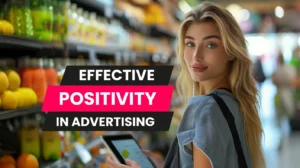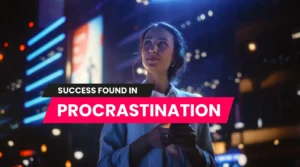A crucial element of a successful online business strategy is the utilization of paid media. Learn what it entails and how to effectively apply it to expand your online presence.
To thrive in the digital marketplace, businesses must develop and maintain a robust content strategy. This is essential for attracting high-quality leads, increasing sales, and ultimately, boosting profitability.
Contrary to popular belief, an effective content strategy goes beyond just maintaining a blog or posting on social media. It necessitates the regular publication of valuable content and its distribution on various platforms. Additionally, it involves identifying marketing opportunities to promote the content.
This is where paid media comes into play.
So, let’s delve into the concept of paid media, its advantages, and how you can leverage it for your business.
Understanding Paid Media
Paid media refers to external marketing efforts aimed at increasing your brand’s online visibility. It involves running targeted ads on various ad platforms and networks, such as:
- Paid search
- Display ads
- Social media ads
- Retargeting campaigns
- Paid influencer marketing, and more.
The primary objective of paid media is to enhance your content promotion and bolster brand recognition.
Paid media is one of the three main channels for attracting quality leads to an online business, with earned and owned media being the other two.
Earned media is the online exposure gained organically through word-of-mouth, positive reviews, reposts, referrals, press mentions, and the like.
Owned media encompasses the content that you fully control, such as website content, blog posts, and social media posts.
The distinction between paid media and the other two channels is the financial investment involved in enlisting external entities to promote your content and brand, which offers numerous benefits.
By employing paid media, you can expect enhanced engagement rates with your target audience, increased website traffic, improved exposure, and established business credibility. This is how paid media can positively impact your lead generation.
Combining paid media with your owned and earned media channels can optimize your overall marketing strategy, potentially reducing costs and simplifying the monitoring and tracking of results.
Ultimately, this approach can provide better value for your investment and facilitate business growth.
When to Begin Using Paid Media
There are three critical factors to consider when determining the right time to incorporate paid media into your business strategy:
- A genuine desire for growth: As a business owner, you naturally want your business to grow. However, you must be genuinely committed to growth and be prepared to invest time, effort, and money into paid media initiatives.
- The right mindset: Being mentally prepared to embrace and navigate the complexities of paid media is essential for success.
- Sufficient budget: Adequate funding is crucial for effectively executing paid media strategies, as insufficient funds can lead to poor results.
Implementing Paid Media:
A 3-Step Process Initiating paid media campaigns can be challenging, especially for new business owners, as there are numerous options and decisions to make. The following steps can provide a structured approach:
Step 1. Set Your Goals Before launching a paid media campaign, clearly define your objectives. Are you looking to increase customer engagement, improve brand recognition, or generate a specific number of leads per month? Establishing clear goals will guide your platform choices and overall strategy.
Step 2. Identify Your Audience Targeting a specific audience is crucial for effective paid media campaigns. Understand your audience’s pain points, frustrations, and aspirations, and use this insight to tailor your marketing efforts.
Targeting a well-defined audience increases the likelihood of success compared to attempting to appeal to the general public.
Step 3. Choose Your Platforms Once you have established your goals and target audience, you can more easily select the appropriate platforms for your campaigns. For instance, if your ideal customers begin their journey with online searches, paid search is the ideal choice. If they primarily spend their time on a platform like TikTok, advertising on TikTok would be more effective.
Starting with one platform and gradually incorporating others as your goals evolve and brand recognition improves can be a practical approach.
Budget Review Frequency
After implementing your paid media strategy, it’s advisable to review your budget every 1 to 3 months, depending on your availability, the results achieved, and your objectives.
Regular reviews help maintain accountability, which is essential for success. However, avoid reviewing your budget too frequently, as it’s crucial to allow campaign data to mature before making any adjustments.
Shorter intervals between reviews can result in inaccurate assessments of your paid media campaign’s return on investment (ROI) and impede the optimization process.
Enhance Your Sales with Paid Media
Now that you understand the importance of paid media in promoting your content and boosting brand recognition, it’s time to consider integrating it into your business strategy.
Before leveraging paid media, ensure that you have the necessary funds and the right mindset. Once you’ve met these prerequisites, follow the straightforward strategy outlined in this article to successfully utilize paid media for your business growth.
Let’s Chat!
We’ve spent years developing the material we’re sharing with you, schedule a time with a strategy consultant for a more customised approach to your business.




